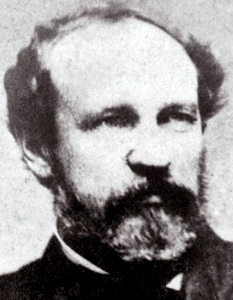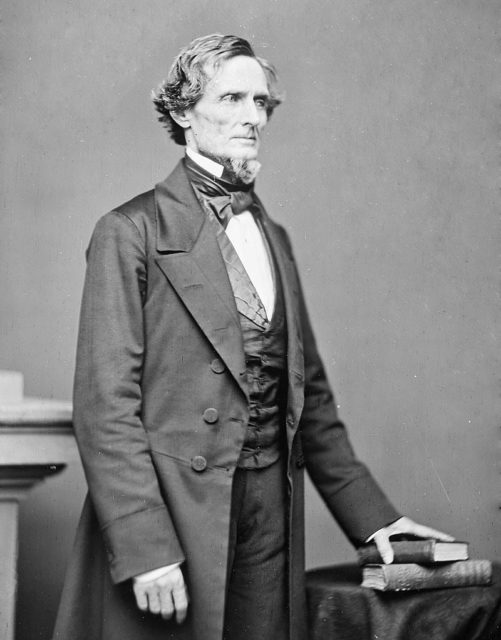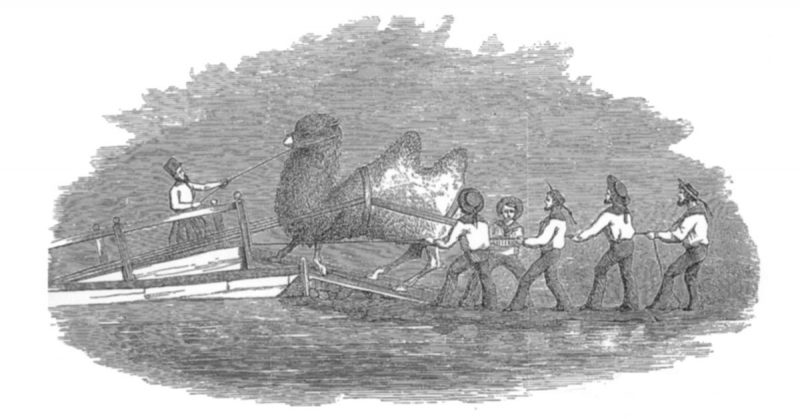The US Army does not immediately come to mind on hearing the words “Camel Corps.” Instead, armies in Northern Africa or the Middle East, maybe during World War II, are envisaged.
The Camel Corps, despite a lack of any resident camels, belonged to the United States. That army experiment did not occur during WWII when it could have made sense to fight enemies on sandy terrain. The Camel Corps was founded and existed during the 1900s, actively starting in 1856. It lasted for about a decade, although declined in popularity as time progressed. The Camel Corps was based in the southwestern regions of the United States.
How the Camel Corps Came to Be
The idea of a Camel Corps began in 1836 when Major George H. Crosman, was convinced that camels would be a great option for army transportation. Having fought Native Americans in Florida, he went to the War Department, where he tried to convince anyone who would listen that camels were the way to go, being much superior to horses and mules in a variety of ways.
The War Department was not convinced but, about ten years later, Major Henry Wayne considered the idea and conducted a study on the matter. He also advised the War Department that he thought they should ship in some camels for use in the southwestern US. Jefferson Davis, the then-senator of Mississippi and future leader of the Confederacy, agreed.

Nothing happened until 1855 when the army was expanding into the American southwest. President Franklin Pierce and the then-Secretary of War Davis decided camels would be bought and used in the region. Congress approved $30,000 for the plan.

Camel Shopping
As may be expected, acquiring a large number of camels for such purposes during the early nineteenth century was not the easiest of tasks. Major Wayne was sent to obtain the camels. He left on the USS Supply in the summer of 1855, headed from New York. He sailed around the Mediterranean Sea acquiring 33 camels; 14 males and 19 females. They were a mix of Bactrian, dromedaries and cross-breeds.

Wayne realized he would not be able to find camel saddles in the US, so he purchased those as well. He also hired five camel drivers, to help care for the beasts.
A year after his departure, Wayne returned to the US. During the voyage, one of the camels died, but two were born. All the camels were in better health when they arrived at Camp Verde, Texas which was officially the camel station.
Happy with their success, another trip was made acquiring 41 more camels. Another nine men and a boy were also hired to assist with the beasts.
Camels in Action
Wayne initially attempted to breed the animals, but the government had other plans. They wanted the camels tested to ensure they could achieve what was expected of them.
Under President James Buchanan, a road was being built between New Mexico Territory and the Colorado River. The camels were needed to act as pack animals. They set to work, each carrying 600 pounds, proving their worth over pack mules. The Secretary of War urged Congress to purchase 1,000 more camels but that never occurred.
The camels’ endurance was tested against mules and horses, by seeing how long they could go without water and how they responded to stress. They traveled over 100 miles in a short time, and handled it all with ease, while the mules and horses did not.
The Civil War Begins
When the Civil War began, the camels declined, despite the hope that they would one day be used in combat or for military purposes. An attempt was made to have them deliver mail during the Civil War, but internal objections tied hands and kept the camels from doing their job. Government officials lost interest in the camels, and they were eventually auctioned off in 1864. The last sighting of a camel was reportedly in 1891.
The bones of one of the camels were displayed at the Smithsonian Institution.
